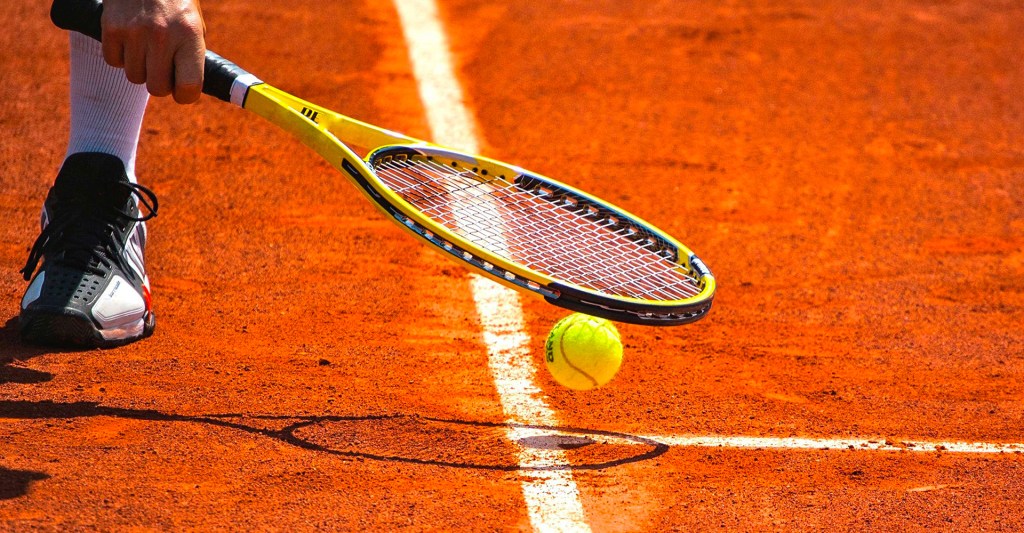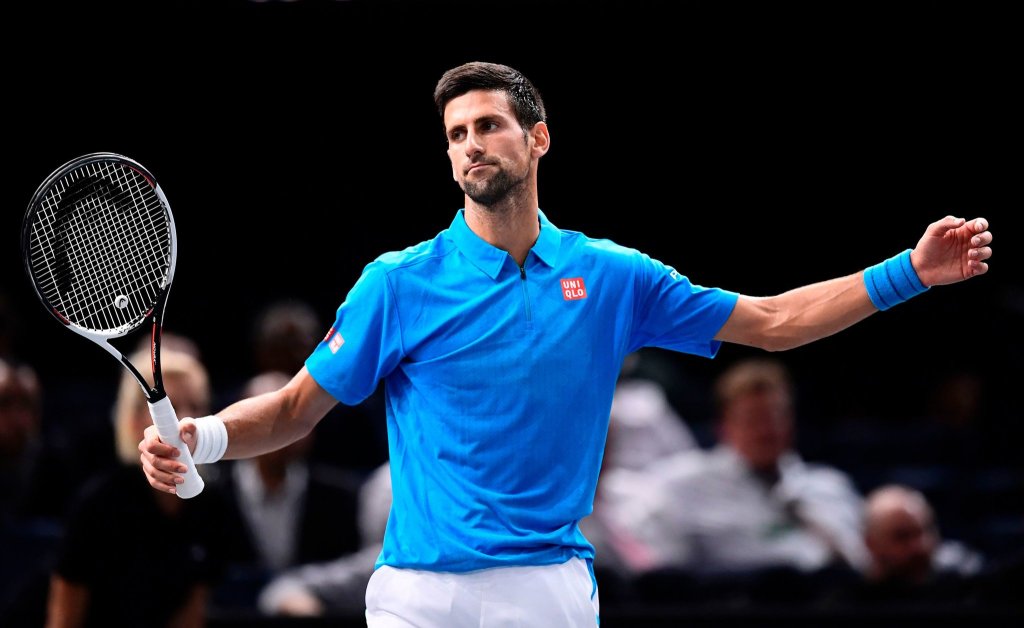
Tennis can be a grueling sport. People who do not understand tennis (or sports in general) think that a sport must involve physical contact between players for it to be considered “tough.” Nothing could be further from the truth. Based on my experience, tennis presents many obstacles that test the mental fortitude and willpower of the player.
As we continue to explore the various mental aspects of the game, in this article, we will take a closer look at a crucial component of tennis: motivation.
Some of what I am about to say can be applied to other sports as well, not just tennis. However, there are many elements that apply specifically to tennis, which is why I am talking about motivation in tennis, not motivation in all sports.
What motivates a tennis player? Mainly three things: the desire to win, the love of competition, and the love of the game. These three forces work together to drive a tennis player to continue working hard on the court and wanting to compete at the highest level. This applies to all athletes, not just tennis players.
Think about how much effort goes into being a tennis player, particularly as a student-athlete. A tennis career is filled with hard work, discipline, and sacrifice: arduous training sessions, strenuous hours of fitness, and overcoming mental hurdles. But it all proves to be worth it, as long as you have the motivation to do so.
The problem with understanding motivation is that it can be difficult to quantify. How do you know if you are truly motivated as a tennis player? How do you know how much motivation you have? Are there levels of motivation? These are difficult questions to answer, but we can start by understanding how motivation works and manifests itself in a tennis player.
Motivation involves a series of ebbs and flows. These fluctuations happen on their own, even when the player does not intend for them to happen. In fact, there are times when the player wants to be motivated, but for some reason, they cannot seem to find the spark that will get them there. I have spent a lot of time thinking about this question: what causes tennis players to have dips in motivation?
As I mentioned in my first tennis article, one thing that makes tennis unique is that there is no real offseason. “The grind never stops” applies perfectly to the game of tennis. Other than a small two- or three-day vacation here and there, you essentially spend all 52 weeks of the year on the tennis court. This can be physically exhausting; but more significantly, it can take a toll on the mental capacity of the player. It is not easy playing a difficult sport with hardly any time off, which is why tennis players experience occasional decreases in drive.
There are a few different ways that you can sense a drop-off in motivation. Perhaps you wake up in the morning and feel subconsciously bothered that you have to go to another tough practice. Maybe you do not feel quite the same enthusiasm when you are on the court. This can take the form of less intensity, getting mentally tired too easily, feeling a bit too excited for practice to be over, or feeling more nervous to compete than usual.
While all of these examples have a negative connotation (as they should), I find it hard to believe that this has not happened to every tennis player. I am not saying that when this happens, it means that the player’s motivation is gone completely. In fact, it is quite the opposite. Even the most dedicated players can have slumps in motivation in the form of the examples that I described above. These examples have happened to me personally, and they can be difficult to control. In my opinion, it is okay if these things happen occasionally, as long as you manage to recover in a swift manner. In my tennis career, I have had instances of decreased motivation, as every athlete has had at some point in their career. But I am happy to say that I have always bounced back with an adequate level of motivation to continue playing the sport that I love with true joy and excitement.
I would like to bring up a professional tennis player to whom this topic applies perfectly: Novak Djokovic. Everyone knows that Djokovic is one of the greatest tennis players of all time. He has been at the top of the game for over a decade. He has had years where he seemed unstoppable, especially in 2011, 2015, and 2021. If you watched Djokovic play in these three years in particular, you could see the fire in his eyes. Nothing was going to get in the way of accomplishing his goals. His motivation was at an all-time high.
But people tend to forget some of the lower parts of Djokovic’s career, in which he struggled to compete in the way that the tennis world has grown accustomed to. He got off to an incredible start in 2016, winning both the Australian Open and his first Roland Garros title. However, out of nowhere, he lost to Sam Querrey in the third round of Wimbledon. The tennis world was shocked. He managed to get to the US Open final later that year (thanks in part to several walkovers), but he lost to Stan Wawrinka in four sets. Even though Djokovic got to the final of the US Open, something seemed off. He had lost several matches that year, including a devastating first round loss at the Olympics against Juan Martin del Potro. He also had a string of uncharacteristic losses at multiple Masters 1000 events. But the worst was yet to come.
Djokovic really struggled in the 2017 season, highlighted by a shocking second round loss in the Australian Open, followed by a slew of bad losses in Masters 1000 and Masters 500 tournaments. He retired during a Wimbledon quarterfinal match due to an elbow injury, which would go on to keep him on the sidelines for the rest of the season. Djokovic ended the season injured and with no Grand Slam. By his standards, 2017 was a miserable year.
But we must look beyond Djokovic’s poor results. From what I saw, he did not seem like his usual self. He seemed tired, unsure of himself, low in confidence, and most importantly, lacking in motivation. He did not seem to have the same desire to win like he had throughout his career, particularly in his unstoppable years of 2011 and 2015.

Djokovic’s sudden loss of motivation is evidence for what I have said earlier: motivation has random fluctuations, and sometimes there is no logical explanation. Perhaps he got burned out, both physically and mentally. However, what I think is more important is how he managed to bounce back.
As we all know, Djokovic made an incredible comeback for his career, as he worked his way back to the top of the game, culminating in a Wimbledon victory in 2018. This was his first Grand Slam trophy in over two years. Djokovic was back. He continued to win multiple Grand Slams throughout the next few years, highlighted by his 2021 season, which was arguably the single most dominant season in the history of tennis. He fell one win short of the calendar Grand Slam, which would have been a truly remarkable accomplishment. His 2021 season was an unreal achievement. But the main thing that I noticed was how motivated he looked. It was like his 2011 and 2015 seasons on steroids. You could see the look in his eyes: nothing would stop him from accomplishing great things, and that was exactly what he did. Even though I am not a huge Djokovic fan, I have to give credit where credit is due. I learned something valuable from it as well: even when there are times when you are lacking in motivation, it is never too late to find that fire and get back on track. The palpable difference between Djokovic’s 2017 and 2021 seasons are proof of just that.
